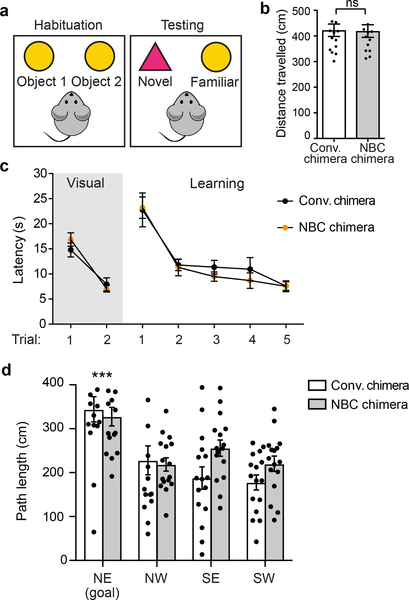Extended Data Figure 6. Brains of NBC mice are functionally normal.
a, Schematic of the NOR task. b, Locomotor activity of male, 2-month-old conventional (n=15) or NBC chimeras (n=14) during the habituation phase of the NOR paradigm. Data represent mean and SEM; ns, P>0.05 (unpaired two-tailed t test). c, Latency to platform for conventional (black dots) or NBC (orange dots) chimeras in the indicated visual and learning trials of the MWM task. Male 2-month-old conventional and NBC chimeras (n=16 mice each) were analyzed. Data represent mean and SEM; no significant difference was observed between conventional and NBC chimeras across the visual trials [F(1,30) = 0.223, P = 0.640] or learning trials [F(1,30) = 0.296, P = 0.590] (two-way mixed model ANOVA). A significant difference was observed in latency over the learning trials, indicating that both groups of mice are able to learn [F(1.627,48.815) = 29.426, P<0.0005] (two-way mixed model ANOVA with Greenhouse-Geisser correction for violation of sphericity). d, Path length traversed in each quadrant by conventional and NBC chimeras during the probe trial. Male 2-month-old conventional and NBC chimeras (n=16 mice each) were analyzed. Data represent mean and SEM; no significant difference between conventional and NBC chimeras [F(1,30) = 1.433, P = 0.241] (two-way mixed model ANOVA). Significant preference was observed for the NE quadrant, where the platform had previously been located, indicating memory retention of the prior platform location; ***, P<0.001 (multiple pairwise comparisons with Bonferroni post hoc correction).

